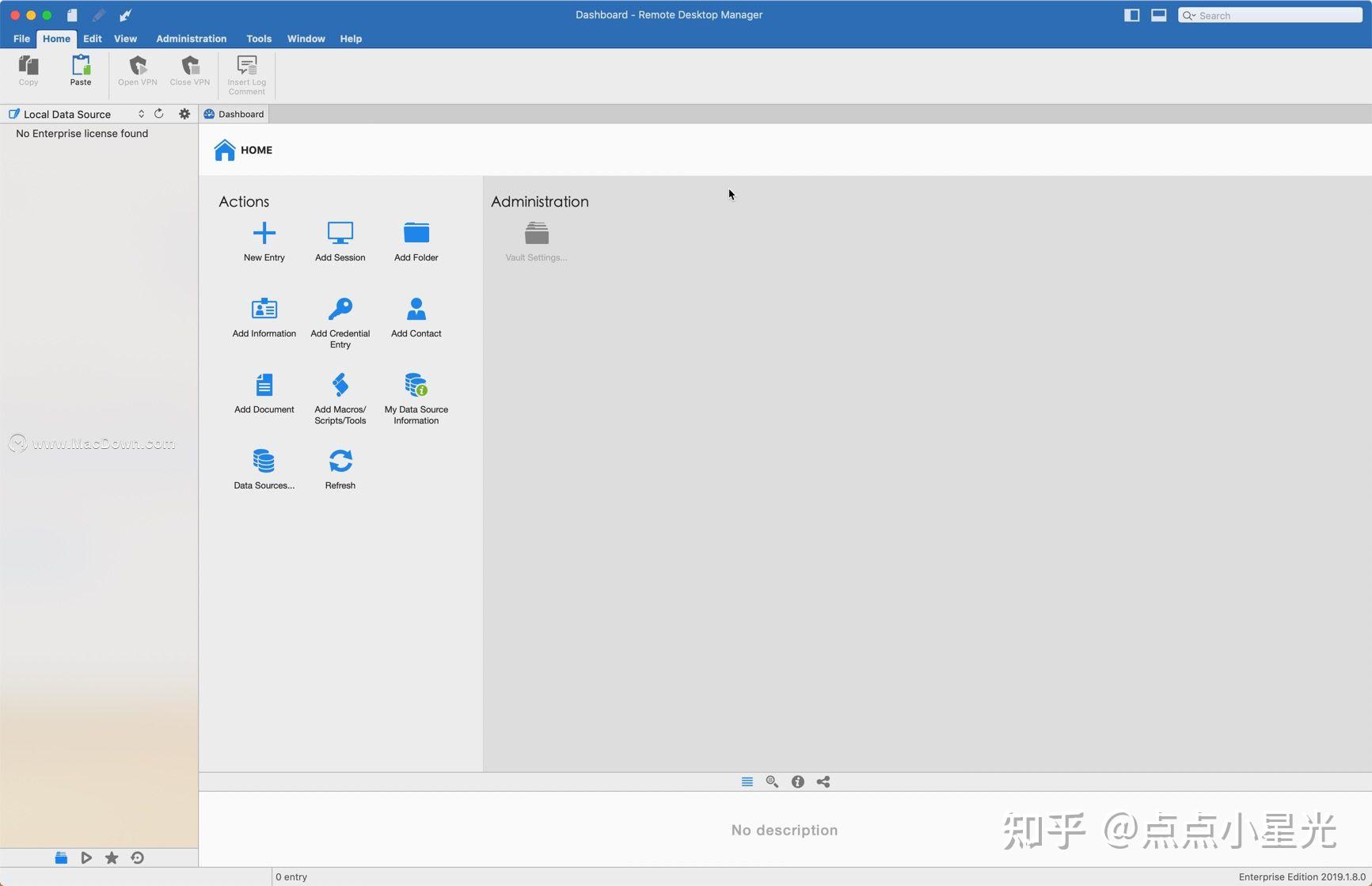


- Remote desktop manager for mac for free#
- Remote desktop manager for mac mac os#
- Remote desktop manager for mac full#
- Remote desktop manager for mac android#
- Remote desktop manager for mac software#
Easy management of unattended computers with features like computer grouping and departments.Multiple features that aid troubleshooting includes file transfer, text chat, VoIP, run as service, multi-monitor navigation, and quick launch options to access the command prompt, control panel, and other essential aspects of the remote computer.Zoho Assist’s pricing starts at an eye-catching $8 and is worth every penny if you are working with a tight budget.įeatures of Zoho Assist are listed below: Technicians can initiate sessions from their favorite browser, or the desktop or mobile application.
Remote desktop manager for mac android#
Zoho Assist supports Windows, Mac, and Linux computers, Android and iOS devices, Raspberry Pi devices, and Chromebooks, so you can support a wide range of clients.
Remote desktop manager for mac software#
Zoho Assist is a multi-functional remote support software that helps you with remote support, access to unattended computers, and screen sharing.
Remote desktop manager for mac for free#
=> Download SolarWinds Dameware Remote Support For Free As per the reviews, the interface is not that good.Dameware Remote Support doesn’t provide a screen recording functionality.You will be able to export AD properties, system configurations, and software information in CSV or XML formats.It provides a mobile app for iOS and Android devices to help you remotely access network computers.It will allow you to access sleep and powered-off computers remotely.SolarWinds Dameware Remote Support has multi-factor authentication.You will be able to remotely unlock user accounts, reset passwords, and edit Group Policy.SolarWinds Dameware Remote Support provides features to manage multiple AD domains, groups, and users.
Remote desktop manager for mac full#
Remote desktop manager for mac mac os#

Now the system which is acting as the host responds back asking for login credentials which it checks in the list of the remote desktop user through an internal validating process.Īfter the user login, the user can see the data or screen of the hosted system and can perform the operation, and have control over the system just like the user who is working in the local system. When a user starts a remote desktop session, the client system transmits a signal through a standard listening port via the internet to the system which is acting as a host asking for access to connect and login. Recommended Reading => Sleep Vs Hibernate


 0 kommentar(er)
0 kommentar(er)
